There are a variety of types of gate latches available in the market based on their style, operations, and use. Here, we have enlisted essential points that will help you select the best latch as per your requirement.
Types Gate Latch Based On Operations
Quick Navigation
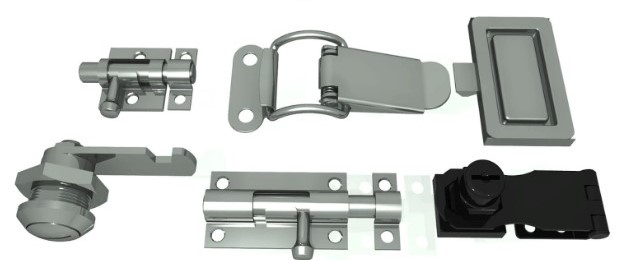
Based on the operation of these gate latches, they are again subdivided into 3 categories. They are gravity, spring-loaded and bolt-secured gates. Let’s take a deep look at the workings of all 3 sub-categories.
1. Gravity Gates
Gravity gates as the name suggest using gravity for their function. When the gate is closed, the power of the swing pushes the latch directly into the catch. This action closes the gate. This type of gate is a highly acceptable choice by many because of its easy operation.
Thus, you can open and close the gate at your convenience without any assistance. These gravity gates are always two-sided. This is because they need to work and match the latch fall directly into the strike.
Most of the latches contain a hole. Here the padlock is inserted for locking action. Sometimes, you may select the sort of padlock you want based on whether it requires a key or a combination to open.
Gravity gate latch designs are majorly seen in in-swinging gates. However, you can reverse the installation process for these types of gates, but they are more difficult.
2. Spring Loaded
Spring-loaded gates are different from gravity gates. These spring-loaded gates used a spring for the closing process.
Spring types are more expensive than gravity ones. Although, spring gates provide a smoother motion. When pressure is applied to the spring that secures the arm, the latch snaps into place.
Just like gravity gates, these are also two-sided. These two-way gates allow the door to be opened from both sides. Spring-loaded gates are mostly installed on in-swinging gates. To install them on an out-swinging gate, you just have to reverse the installation process.
3. Bolt Latches
Bolts Latches are one of the most common types of gate locks. The standard deadbolt function involves merely sliding a rod into a locking bolt that holds the gate door in place.
People prefer these bolt latches as they are very easy to install. They can be locked only from the inside of your fence. This is because it is a one-sided latch.
Bolt locks can be put on either outward or inward-swinging fences. You can add an extra layer of security by using a padlock.
Not only are these latches easy to install, but are cost-effective as well. There is a variety of sizes. There are several sizes to choose from. Also, there is a wide range of material choices.
Types Based On Style
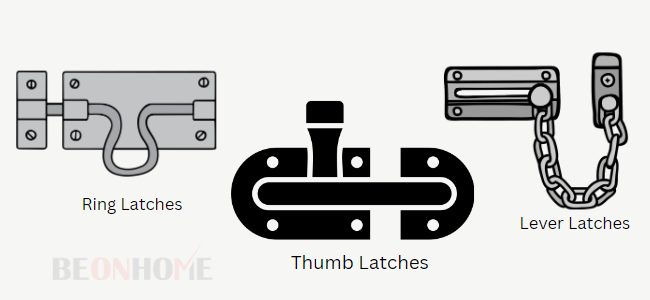
Gate latches are classified into three varieties depending on their style, in addition to their function. Each is available in several materials. Let’s take a look in-depth at each of these types.
1. Thumb Latches
Thumb latches can only be used on in-swinging gates. An ornamental plate with a thumb depressor is mounted on the exterior of the gate (street side).
To open the gate, one must push the thumb and the latch arm. This latch arm pulls up from the other side and the gate opens.
A thumb latch is simply a gravity latch type in terms of how it functions. When the latch is properly installed, it will fall into the catch by itself.
We do not have to worry about it falling into the wrong place. Some thumb latch variants have the added advantage of being lockable.
2. Ring Latches
Ring latches are double-sided latches. Hence, they allow the gate to be opened from either side. There is a backplate that is placed on the outside of the gate.
The inner, or yard side, of the gate, has a backplate with a ring as well, but the ring is coupled to a latch arm.
To open the gate, we must spin the ring on either side of the gate to raise the latch arm. These latches can be spring-loaded or gravity-assisted, depending on the manufacturer.
Ring latches are a particularly versatile solution. This is because they may be fitted on both in-swinging and out-swinging gates. There are some ring latches that are lockable while others are not.
3. Lever Latches
The functioning of lever latches is similar to ring latches. They do not, however, have a ring and instead feature a lever handle on either side. In order to operate this lock, one must turn the lever in a clockwise manner.
This process releases the arm from the catch. And so, allowing to operate the door. These gate locks are suitable for both in-swinging and out-swinging gate variants.
Like the ring latches, even lever latches have a latch that is mounted on the outside of the gate. A point to remember while installing the latch is that the latch must always be on the side of the gate that opens.
4. Gate Latch Materials
Normally the material used for gate locks is stainless steel, brass, iron, and bronze. All these metals have been described deeply later.
But none of these is flawless. There are pros and cons for each metal. Hence, a pre-study is essential before choosing the latch.
You’ll still need to do minor maintenance on any exterior hardware to guarantee that it lasts. In addition to endurance, the material you select influences the overall design, polish, and color of the latch.
Types Based On Materials
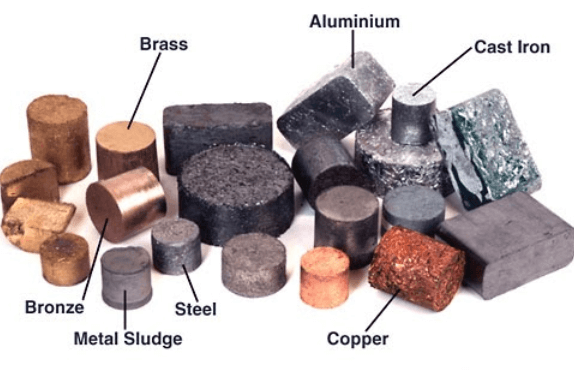
Let’s take a look at the available material choices in depth. Another major reason why the material selection is essential is that it sets the tone for the entire project.
1. Stainless steel
Stainless steel resembles aluminum in appearance. But it is definitely heavier and more durable than aluminum.
It is extremely resistant to denting, warping, or bending when subjected to pressure or temperature changes.
This is an excellent choice if you are looking for a sturdy, contemporary look. Not only this, but the latch is extremely long-lasting.
Stainless steel is frequently used in current and modern forms. This is because it is very resistant to corrosion and is usually seen in a raw silver tone.
You may also choose a powdered-coated alternative. This adds an extra protective layer. This is essential in corrosive situations like beaches or saline conditions.
To keep the coating intact, one must do yearly touch-ups. This will ensure good protection and also great aesthetics.
In terms of cost, a high-quality stainless-steel gate latch will cost you between $30 and $75. However, because this is often a mid-level choice, the intricate design would cost far more.
- Pros: Rust-resistant and long-lasting, even in saline situations.
- Cons: It’s pretty style-specific. So, it’ll only work if you want a clean, contemporary aesthetic.
2. Bronze
Bronze is regarded as costlier than most gate latch materials. It is a highly long-lasting substance that ages beautifully.
This material is great for individuals with more affluent tastes, it looks magnificent. Many bronze gate designs place a high value on artistry.
They combine contemporary, classic, and vintage aspects. As a consequence, bronze may be a great focal point for the outside of your gate. Because the metal ages well, a powder-coated finish is not required to preserve it.
Bronze’s durability lessens the possibility of peeling or the need to repair it over time. If you let this metal mature on its own, it will progressively darken to resemble a dark copper penny.
After some time has passed, bronze turns a faded green color. Every year you can apply a layer of wax to prevent its discoloration. This avoids discoloration, extends the life of the metal, and preserves it.
- Pros: Significant density and a lovely patina. It is also resistant to chipping and does not rust.
- Cons: The material is costlier than most available options.
3. Aluminium
Aluminum is a great choice if you are concerned about corrosion and deterioration. It is both strong and light, and it is naturally resistant to corrosion. Aluminum gate locks may thus be fitted in almost any setting.
Aluminum is considered to be more fragile than other alternatives on our list. So, make sure the gate is of sturdy quality material. Too much tension might cause breaking over time in the latch.
Aluminum gate latch designs are available in many options. Like the traditional silver tone, as well as a powder-coated finish.
As a result, you can simply match your gate latch to the other hardware on your fence, which may be a different color.
We can avoid the normal wear and tear of the latch by regular maintenance and touch-ups. Normally the powder coating is affected and a slight touch-up is required.
They are available in several varieties of styles. Like the modern, antique, contemporary, and old world.
- Pros: This material is very cheap compared to others.
- Cons: Brittle and prone to rusting and breaking.
4. Brass
Brass is the least prevalent sort of gate latch material. Brass gate locks are a fairly specialized market. Mostly found in the northeastern United States.
However, if you want to get a historic or colonial style, brass is the best material to use. Brass often is considered to add that stylish element to your gate.
Even though it feels a little dense to the touch, it adds that visual appeal. Brass needs to be cleaned regularly with a cleaner to preserve its shine. In terms of cost, you should anticipate paying between $20 and $50 for a high-quality brass gate latch.
- Pros: looks-wise, gives an aesthetic vibe.
- Cons: Must be polished to keep its luster.
This item is not readily accessible for purchase. This metal will tarnish over time due to chemical reactions to the environment. However, to preserve its condition, you may have to use various cleaners.
5. Iron
Iron is the final gate latch material to consider. It is one of the most often used materials for gate locks. And may be found in a variety of forms such as conventional, antique, colonial, and old-world.
To protect the iron from rusting, most of the time there is a black powder coating done. This adds an extra layer of protection. This material is not a great choice for places with a high concentration of salt or water.
Iron has a tendency of rusting and these places accelerate the reaction. Under optimal conditions, iron latches perform well. They tend to have a long lifespan. It also offers great value for money for drier regions.
However, under humid or wet conditions, there is a chance of rusting. To prevent this, you will still need to undertake some regular maintenance.
Iron gate latch designs range in price from $20 to $100, depending on the form, size, and complexity of the type.
Some will come in bundles with fixtures and handles to assist complete the overall look.
- Pros: Long-lasting and excellent value for money.
- Cons: It will rust eventually, especially if it is near the sea or ocean.
The metal-on-metal contact is the most susceptible point on iron gate locks.
Installation Process
For easy installation follow the below basic steps:
- Choose to install the gate hinges which suit your needs. Make sure all the hinges are properly working.
- Start preparing your gate. Give a quick grinding to your wooden gate.
- Place a block of wood to make sure that the gate does not move while drilling. This will absorb the vibrations and make your job easier.
- Mark the drill holes on your gate to ensure the correct position.
- First, fox the upper hinge correctly in the holes, and then repeat for the lower hinges
- Mount the bolt in position and fix it.
- Your gate latch is installed
Budget For Latch Attachment
Preparing a budget for these gate latches is pretty simple. You should consider the cost of the latch itself, and any additional equipment or supplies required for installation. For instance, drilling machines and nuts bolts, etc.
Various factors affect the budget. Like if you wish to match the handles and hinges it may cost you extra pennies. The aesthetic upgrade will be costlier than a basic upgrade.
The range varies from $5 to $15. You will easily find a gate latch at your nearby hardware store. The range varies due to material options. Moreover, you will also get a good smart lock for your gates under your budget.
Points to Remember Before Buying Latch
- While buying the latch consider the materials, budget for various types of latches, and shapes of the latches.
- Apart from these basic reminders, one must also look out for gate frame and size. This will help in selecting the best latch aesthetically.
- If you have a two-way swinging door you also have to consider that.
- The most important point here is security. Make sure the latch holds good for security. It should not just be aesthetically beautiful but should serve its purpose.
- Another major point to note is the ease of installation. The latch must be easy to install. If there are defects, the latch should be easily replaceable. It should be easily available in the market. This is a point to remember if you are looking for customized or designer latches.
- The adjustability of a latch is also important while buying. Make sure that the latch you buy is easy to adjust. There are vertical and horizontal adjustments required. According to your need choose the best latch.
- If you are looking to buy a latch for a large door like a livestock door, make sure that they are two-way latches. This will allow the gate to open in both ways making it easier for operation.
- Ensure that you install a good two-sided gate lock for increased security.
Final Talk
As the latches are an important security necessity for a door, there is a wide range of variety to choose from. Since there are a lot of choices, we hope that this article has helped you find the latch. The one that is best for you and meets all your needs. After all, security is always a priority.

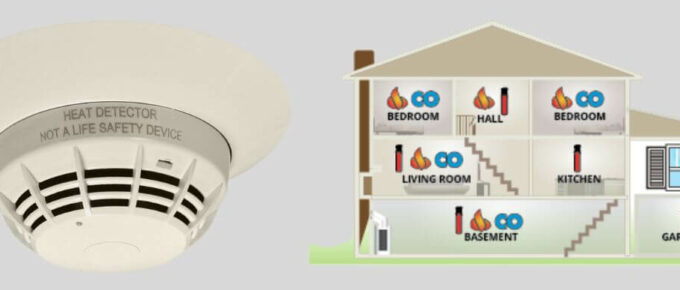

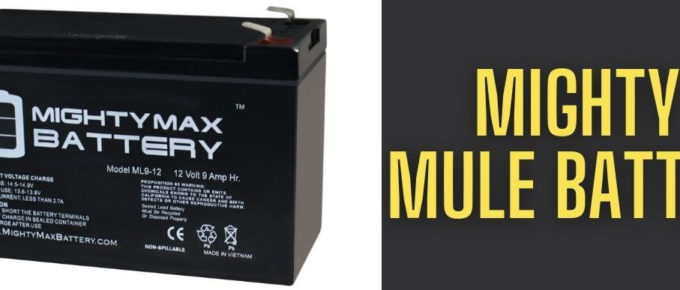
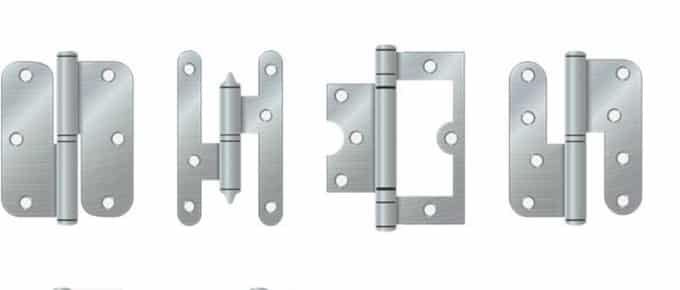
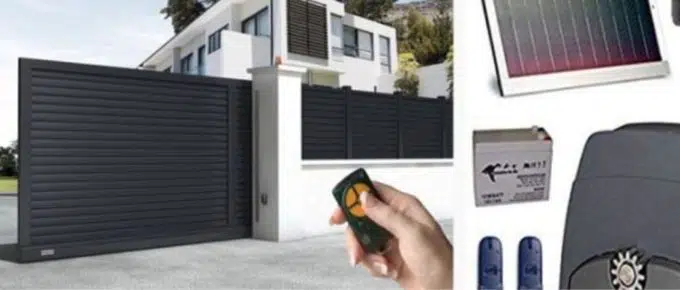
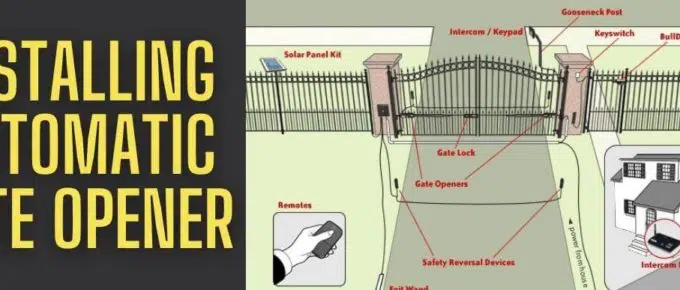
Leave a Reply